(QBĐT) - Recently, cassava mosaic disease (KLS) has appeared and damaged many cassava areas of farmers in Bo Trach district. Infected cassava plants have yellow spots on their leaves. For severely infected plants, the leaves are curled and deformed. Currently, cassava plants are in the growing period, but the disease has made many farmers worry that this year's cassava crop will have a sharp decrease in yield.
Appears in many areas
Cassava is considered one of the main crops for poverty reduction of farmers in many localities. However, the KLS disease is at risk of spreading widely in many localities, threatening the quality and productivity of cassava.
After the drought caused by prolonged hot weather, many cassava areas of Tay Trach commune were affected. Cassava plants grew slowly, the leaves were dry and smaller than in previous seasons. Not only affected by the weather, many cassava areas here also had KLS disease. Ms. Nguyen Thi Thuong, Con Mit hamlet, Tay Trach commune said: My family planted nearly 3 hectares of cassava. At the end of April, the prolonged hot weather caused some cassava areas to have burnt leaves. Before recovering from the drought, the cassava was infected again. The cassava leaves appeared yellow spots and curled up at the top. With this situation, this year's cassava yield will be greatly reduced.
While weeding cassava, Ms. Nguyen Thi Nhien, Tay Trach commune, said that her family has nearly 4 sao of cassava, and every year the plants grow well and give high yields. However, this year, almost all the cassava leaves are curled. The cassava plants are stunted and grow very slowly due to drought and disease.
 |
Not far away, in Nam Trach commune, one of the localities with the largest cassava growing area in Bo Trach district, KLS disease has also appeared in most of the farmers' cassava fields. While fertilizing her family's cassava field, Ms. Nguyen Thi Le Hang, Dong Thanh village, worriedly said: “Last year, the cassava plants also started to show signs of yellow spots and curling leaves, but the infected area was still small. However, this year, the disease has become more serious. My family planted more than 2 hectares of cassava, and all of them were infected. This year's yield may decrease sharply compared to previous years. Regarding the cassava varieties being grown, my family reused the same varieties from last year, but I didn't think this year the cassava would be so severely and extensively infected.” “Now, almost every household growing cassava has been infected. The disease may be due to the variety. Because the households that buy new cassava varieties are not infected, but those that reuse old cassava varieties are almost all infected,” Ms. Hang added.
Sowing since the end of January, however, after more than 4 months, the entire cassava area of more than 1 hectare of Mrs. Vo Thi Luyen's family has grown more slowly than every year. "Since the cassava leaves have appeared, they have been curled like that. The entire area of more than 1 hectare has curled leaves and shoots. The disease appeared last year with an insignificant area but it still affected and reduced the cassava yield from 1.5 tons/ha to 1.2 tons/ha. This year, with such a large area of infected cassava, I am afraid that the cassava will not have tubers," said Mrs. Nguyen Thi Luyen, Dong Thanh village.
Risk of reduced productivity
Currently, KLS disease is at risk of spreading widely in localities. In Nam Trach commune alone, the area of cassava infected with KLS disease has reached hundreds of hectares. Mr. Vo Tuan Trinh, Chairman of Nam Trach Commune People's Committee, said: Currently, the whole commune has a total cassava growing area of 397 hectares, of which the area replanted with old cassava varieties is 367 hectares, the area of cassava infected with KLS disease accounts for about 70% of the area. KLS disease began to appear in 2023, but only occurred in a few small areas. According to local people, last year's cassava yield was not much affected, so many households still subjectively reused the old variety KM94. However, this year, KLS disease appeared a lot and is at risk of affecting cassava yield. To prevent and control KLS disease, the commune will continue to propagate to help people understand the harmful effects of KLS disease and guide people to use new varieties for the next crop.
| Farmers in Bo Trach district grow about 4,689.8 hectares of cassava, of which many cassava areas use old varieties that are infected with KLS. To prevent the disease, the district has planted some disease-resistant cassava varieties such as HN1, cassava varieties from Quang Tri with a disease resistance rate of 90-95%. Currently, these cassava varieties are growing well. |
According to Mr. Trinh, last year the commune sent a notice to the villages and people not to use the old cassava varieties, and the commune also organized to get new varieties from Quang Tri to replace them, but the number of people registering for the new varieties was too small. Therefore, the area of cassava planted with the new varieties only reached 30%. The areas planted with the new varieties grew healthily and were completely disease-free.
Head of the Department of Agriculture and Rural Development of Bo Trach district Nguyen Cam Long said: this year's cassava crop, KLS disease continues to arise, causing severe damage. Many cassava areas affected by the disease grow poorly, with a high risk of affecting productivity and output. The disease is caused by whiteflies. To limit the impact of KLS disease causing damage to farmers, the district has instructed and directed localities to implement measures such as: Strengthening care, weeding, and fertilizing to help plants increase their ability to grow and develop; detecting infected plants to destroy and spray pesticides; introducing new varieties with high disease resistance rates; converting crops in infected fields...
Doan Nguyet
Source


















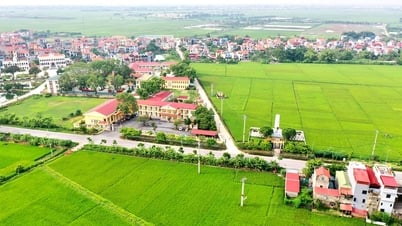


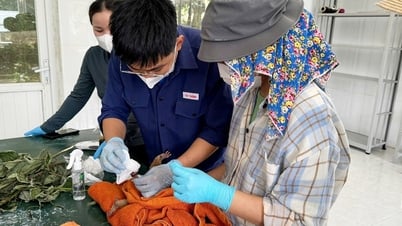

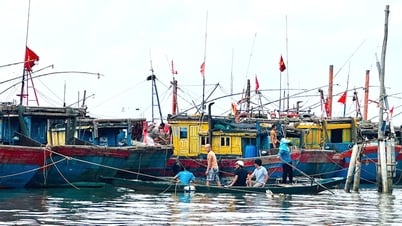










![[Maritime News] Wan Hai Lines invests $150 million to buy 48,000 containers](https://vphoto.vietnam.vn/thumb/402x226/vietnam/resource/IMAGE/2025/6/20/c945a62aff624b4bb5c25e67e9bcc1cb)
![[Photo] The 9th Congress of the Party Committee of the Office of the President, term 2025-2030](https://vphoto.vietnam.vn/thumb/1200x675/vietnam/resource/IMAGE/2025/6/20/78e7f27e8c4b4edc8859f09572409ad3)













































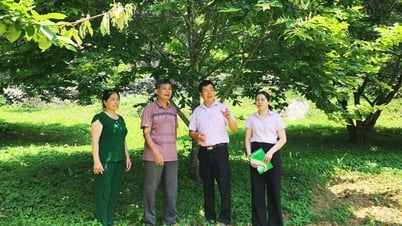

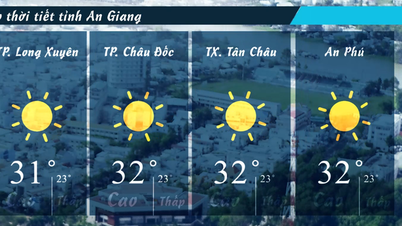

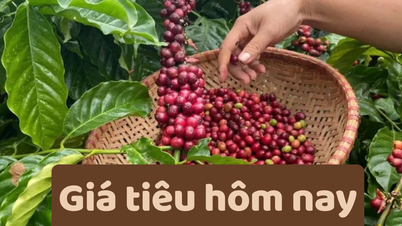



















Comment (0)